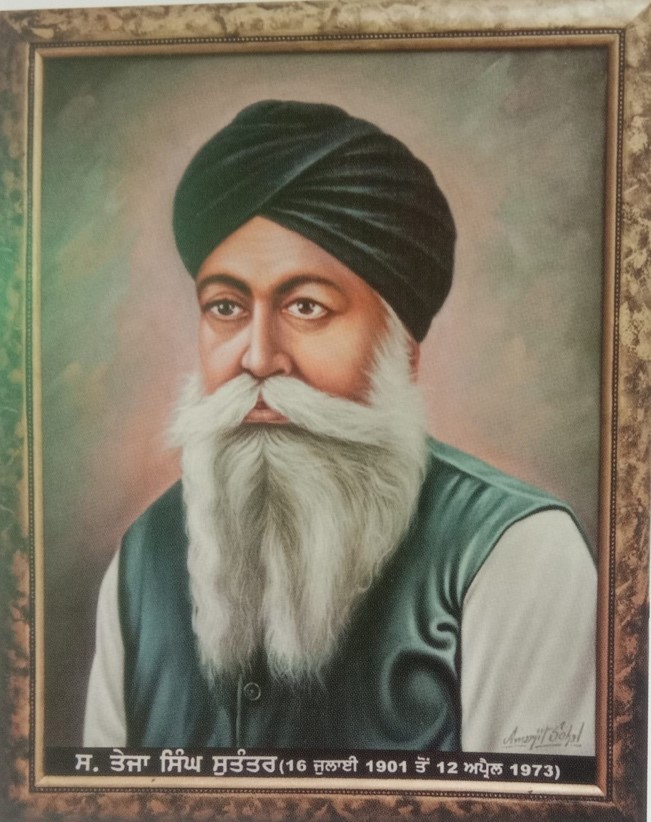Free Courses Sale ends Soon, Get It Now


Free Courses Sale ends Soon, Get It Now



Disclaimer: Copyright infringement not intended.
Context
About Teja Singh Sutantar
Life during freedom struggle
Role in peasant upliftment
Post-independence role
|
PRACTICE QUESTION Q) Discuss the contribution of Tej Singh Sutantar to the PEPSU Muzara movement and integration of the princely states. (250 words) |
© 2024 iasgyan. All right reserved